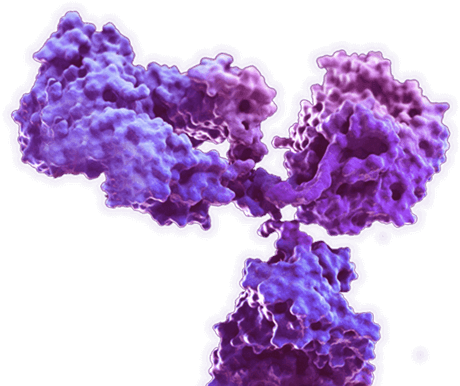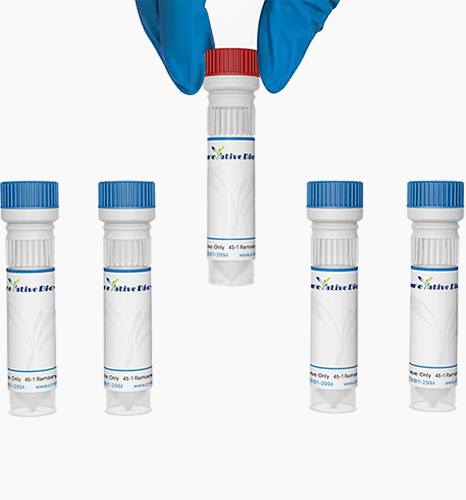ClearColi K12 electro competent cells (MOFY-0822-FY485)
Cat: MOFY-0822-FY485
Certificate of Analysis Lookup
To download a Certificate of Analysis, please enter a lot number in the search box below. Note: Certificate of Analysis not available for kit components.
Lot Number
To download a Certificate of Analysis, please enter a lot number in the search box below. Note: Certificate of Analysis not available for kit components.
Lot Number
| Size: | |
| Inquiry |
- Specifications
- Properties
Specifications
| Description | ClearColi K12 electroporation of competitive cells can only be used for electroshock transformation, not for heat shock transformation. The ClearColi K12 strain was derived from the K12 endA-recA-strain. ClearColi K12 lacks both endonuclease (endA) and recombinase (recA), improving plasmid DNA yield and quality. |
| Gene Types | F-λ-∆endA-∆recA-frr181 msbA52 ∆gutQ ∆kdsD ∆lpxL ∆lpxM ∆pagP ∆lpxP ∆eptA |
| Size | 50 µL/vial |
| QC result | Transformation efficiency of pUC19 plasmid detection:> 1×107 cfu/μg DNA |
| Note | 1. Because the lipopolysaccharide (LPS) in the outer layer of the ClearColi K12 cell wall is modified, the cells are easy to die and not easy to be stored. 2. ClearColi K12 has low electro-competence efficiency and is not suitable for constructing plasmids. It is generally used to propagate plasmids and extract high-quality endotoxin-free plasmids; if constructing plasmids, please use DH5a, *0, etc. with higher transformation efficiency Competent cells. 3. ClearColi K12 strain grows slowly, and the incubation time on the plate at 37 degrees is between 36-48 hours. 4. When adding DNA, the volume should not be greater than 1/10 of the competent volume. 5. When adding competitive cells into the electric shock cup, avoid generating air bubbles, which will increase the risk of arc discharge. 6. When the DNA is impure or contaminated with salt, ethanol, protein and buffer, the transformation efficiency drops sharply. 7. The ions in the shock cup can increase the conductance of the solution, increasing the risk of electrical current and arcing in solutions containing cells and DNA. 8. If you want to transform large plasmids or want to obtain higher transformation efficiency, it is recommended to use a high-purity plasmid extraction kit to extract the plasmids. Double the size of the plasmid, and the transformation efficiency drops by an order of magnitude. 9. For the transformation of ligation products, try to ethanol-precipitate the DNA before transformation and resuspend the product with an appropriate amount of TE buffer (10 mM Tris HCl, pH7.5; 1 mM EDTA) to ensure that the DNA concentration does not exceed 100 ng/μl. Too high a concentration of ligation product or too large a volume of ligation product will reduce conversion efficiency and increase the risk of arcing. 10. The cell wall of the ClearColi K12 strain has been modified, and the cells are relatively fragile. When mixing the plasmid, it should be handled gently. Avoid excessive force when drawing competitive cells, so as not to damage the cell membrane due to excessive shear force and reduce the transformation efficiency. Transformation of high concentrations of plasmid or ligation product can correspondingly reduce the amount of bacteria used for plating. 11. Electroporation of competitive cells should be kept below -80°C as much as possible. Over-storage at temperatures above -80°C will cause the transformation efficiency to decrease. |
Properties
| Shipping | Dry ice |
| Storage | Store at -80 °C |
| Handling Advice | Immediately upon receipt, cells were transferred from dry ice to -80°C refrigerator. |
For Research Use Only | Not For Clinical Use.
Online Inquiry


